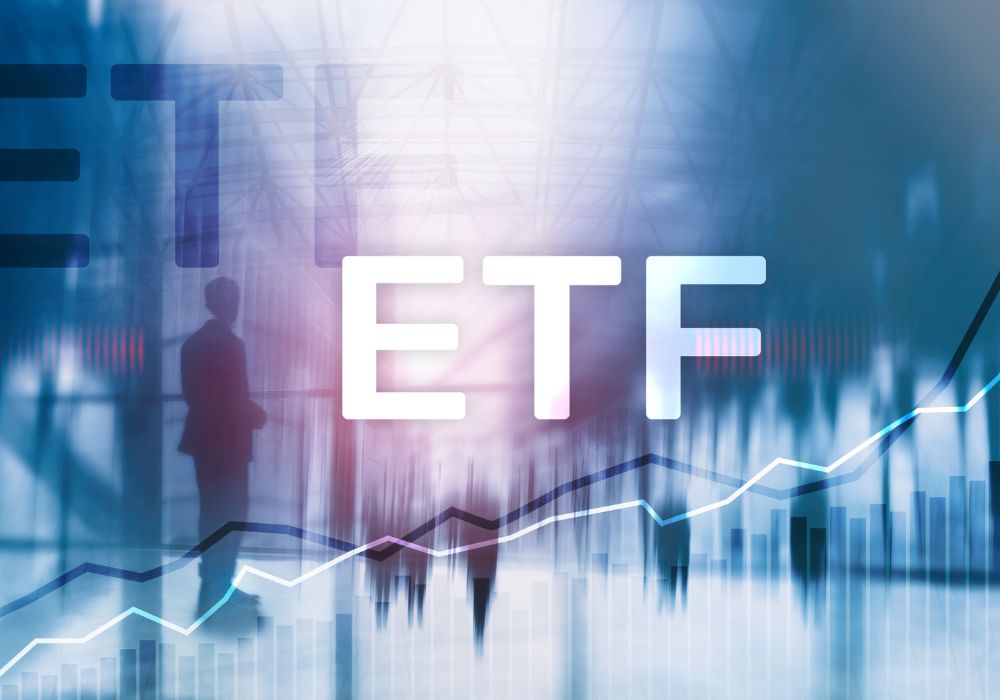
In a striking milestone, U.S. exchange-traded funds (ETFs) have drawn over $1 trillion in net inflows this year, marking the fastest accumulation of capital in ETF history. This trend underscores a broader shift in investor behavior (from mutual funds to more liquid, lower-cost ETF structures) and opens intriguing crosswinds for crypto markets and digital asset infrastructure.
Key Data & Context
- According to State Street, U.S. ETFs have crossed $1 trillion in net inflows year-to-date, and the full-year tally could reach $1.4 trillion if momentum continues.
- As of end-September, total U.S. ETF assets stand at $12.7 trillion, with 41 consecutive months of positive flows.
- Major categories benefiting include equity, bond, gold, and even crypto-linked ETFs.
- Meanwhile, mutual funds have suffered large outflows — over $481 billion has exited traditional funds this year, redirecting capital into ETF wrappers.
This fast pace of inflows highlights how investors are increasingly defaulting to ETFs as their primary tool for diversified exposure and tactical allocation.
Drivers Behind the Surge
1. Cost & Liquidity Advantages
ETFs offer lower expense ratios, intraday tradability, and transparency, traits that attract both institutional and retail capital.
2. Structural Shift in Portfolio Construction
More financial advisors and institutional allocators are embedding ETFs as core building blocks in portfolios, replacing mutual funds altogether.
3. Macro & Interest Rate Dynamics
In the backdrop of inflation, rate volatility, and geopolitical stress, bond and commodity ETFs (especially gold) are benefiting as investors seek hedges and diversifiers.
4. Innovation & Product Proliferation
A wave of new ETF launches (including crypto, thematic, factor-based, and active strategies) is expanding investor choice and bringing new capital in.
What It Means for the Crypto & Web3 Space
1. Heightened Institutional Appetite
Spillover from ETF flows into crypto-linked ETFs or digital asset hybrid products may increase institutional exposure to Bitcoin, Ethereum, and tokenized assets.
2. Bridge Between TradFi & DeFi
As traditional finance leans into ETFs, the architecture for regulated wrappers (e.g. spot Bitcoin ETFs) becomes more investable and credible, potentially fueling demand for infrastructure such as custody, tokenization, and on-chain settlement.
3. Market Tailwinds, and Risks
While ETF flows bring capital and momentum, they also amplify correlations and mechanical buying. Crypto markets may face similar feedback loops, and volatility could be magnified if flows reverse.
4. Infrastructure Demand Surge
Growing ETF adoption may demand stronger custody, settlement, token wrapping, and compliance layers. Crypto platforms that support seamless API/bridges may benefit from this capital rotation.
Outlook & Watch Points
- Will crypto spot ETFs or hybrid digital asset products absorb part of this inflow wave?
- How much of the ETF flow is retail vs institutional? Shifts in participant mix matter for stability.
- Can ETF product innovation (e.g. active strategies, smart beta, crypto ETFs) sustain growth without diluting standards?
- If market sentiment sours, could mechanical ETF rebalancing intensify drawdowns?
Crossing $1 trillion in ETF inflows is more than a milestone: it’s a confirmation of structural preference for ETFs as foundational portfolio vehicles. For the crypto and blockchain ecosystem, this wave offers opportunities, but also challenges, to embed digital assets within a more institutional, regulated, and high-liquidity framework.
Your Trades. Our Priority. Hotcoin.
Hotcoin Official Site: https://www.hotcoin.com
Hotcoin Twitter: https://x.com/HotcoinGlobal
Hotcoin Telegram: https://t.me/HotcoinEX
Hotcoin Chinese Twitter: https://x.com/hotcoinzh
Hotcoin Chinese Community: https://t.me/hotcoinglobalcn
Hotcoin YouTube: https://www.youtube.com/@hotcoinglobal
